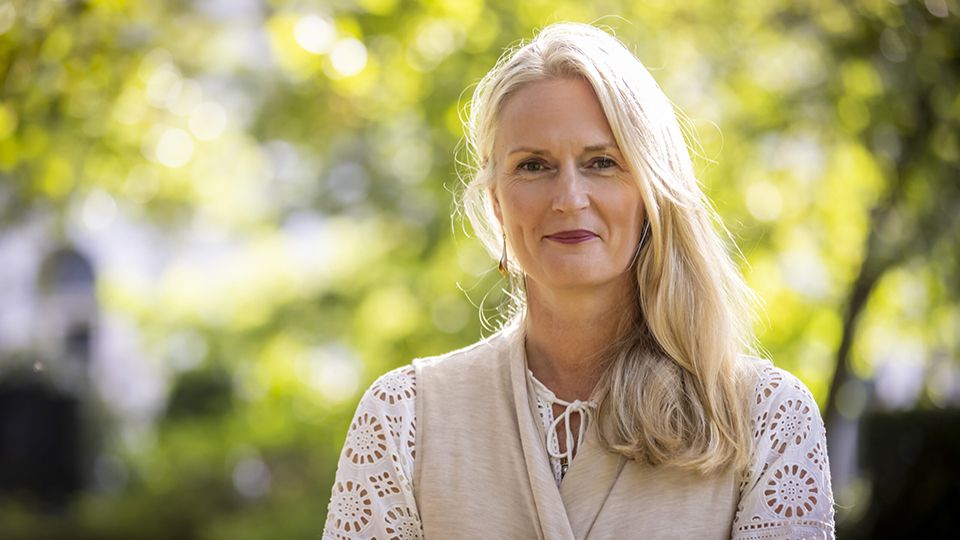The lack of a framework for reporting on biodiversity remains a key challenge for both companies and investors.
The methodology around measuring carbon emissions has come a long way in recent years with Scope 1, 2 and 3 data, but there is no equivalent for biodiversity. Natural capital accounting is still a developing discipline and the lack of standardisation of data on biodiversity remains a key headwind.
More than half the world’s GDP ($43trn) is dependent on the delicate interplay between species and ecosystems and it is estimated that the decline in biodiversity costs the global economy more than $5trn annually.
The dominance of GDP as a measure of economic and financial performance is unlikely to be challenged, but it is imperative that we develop a framework to measure and report on biodiversity to ensure that is becomes an integral part of how we consume and replenish the planet’s resources in a sustainable manner.
Aligning financial capital
Nature-related risks are often well highlighted by companies, financiers and investors, but are often poorly framed and mispriced. This leads to an inefficient allocation of capital and an overexposure to biodiversity-related risk.
Fewer than 1% of companies representing 85% of the global market are aligned to SDG 14 (Life below Water) and 15 (Life on Land). The global food system is the principal cause of biodiversity loss, with agriculture estimated at nearly 70% of the projected loss of terrestrial biodiversity.
The challenge remains how we are to feed 8 billion people today, a number that is set to grow to 10 billion by 2050, with less arable land available and rapid climate change.
Soil health, which is fundamental to farming, remains at risk from biodiversity loss. For example, in the coffee sector, worth nearly $100bn, more than 60% of varieties are at risk of extinction due to deforestation, disease and climate change. The economic impact within the soft commodity sector remains heightened, but the misalignment of financial capital to natural resources shows very little signs of abating.
Despite biodiversity being a key topic at the Rio Summit more than 30 years ago, little progress has been made on closing the gap between finance and nature.
A paradigm shift is needed where natural assets are framed in a similar manner as other types – financial and human. The role of technology in data collection, storage and analysis will play a key role for companies in quantifying their impact on the natural environment.
For example, Tesco is using sound technology to track birdsong and detect insect movements, both used as a proxy for the overall health of farmland. Nestlé has utilised satellite imagery to measure and report on crop coverage and habitat erosion, which will help to both increase yield and make a case for the adoption of more sustainable practices.
Investing in biodiversity
The aligning of financial capital to nature will need the support of both governments and businesses.
The former need to lead in the development of a framework that will lead companies to alter their behaviours via a carrot and stick approach. There is an urgent need to develop coherent metrics and methodologies that businesses can utilise to measure and report their impact.
Investors will play a key role in holding corporates to account on how their business models are supporting biodiversity. Engagement remains a key tool for change, and this involves encouraging companies to map their biodiversity risk. The subject remains complex and often company and/or sector specific. Although businesses are very good at measuring and mapping business and financial risks, there is a need for management to include biodiversity on the risk register.
Financial assets are clearly listed on the balance sheets of corporates, but there is little evidence of natural assets being framed in a similar manner. This needs to change if we are going to manage biodiversity in a sustainable manner, because a business-as-usual scenario will no longer be enough if we are to avoid further unprecedented losses in biodiversity.





